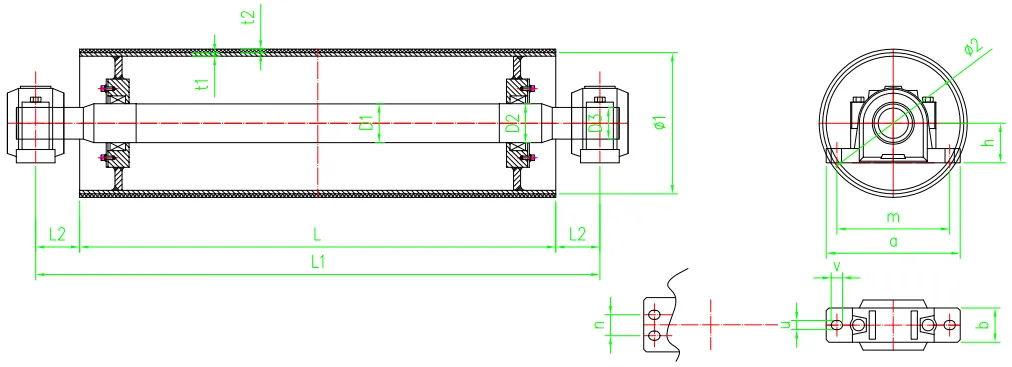 Afrikaans
Afrikaans  Albanian
Albanian  Amharic
Amharic  Arabic
Arabic  Armenian
Armenian  Azerbaijani
Azerbaijani  Basque
Basque  Belarusian
Belarusian  Bengali
Bengali  Bosnian
Bosnian  Bulgarian
Bulgarian  Catalan
Catalan  Cebuano
Cebuano  Corsican
Corsican  Croatian
Croatian  Czech
Czech  Danish
Danish  Dutch
Dutch  English
English  Esperanto
Esperanto  Estonian
Estonian  Finnish
Finnish  French
French  Frisian
Frisian  Galician
Galician  Georgian
Georgian  German
German  Greek
Greek  Gujarati
Gujarati  Haitian Creole
Haitian Creole  hausa
hausa  hawaiian
hawaiian  Hebrew
Hebrew  Hindi
Hindi  Miao
Miao  Hungarian
Hungarian  Icelandic
Icelandic  igbo
igbo  Indonesian
Indonesian  irish
irish  Italian
Italian  Japanese
Japanese  Javanese
Javanese  Kannada
Kannada  kazakh
kazakh  Khmer
Khmer  Rwandese
Rwandese  Korean
Korean  Kurdish
Kurdish  Kyrgyz
Kyrgyz  Lao
Lao  Latin
Latin  Latvian
Latvian  Lithuanian
Lithuanian  Luxembourgish
Luxembourgish  Macedonian
Macedonian  Malgashi
Malgashi  Malay
Malay  Malayalam
Malayalam  Maltese
Maltese  Maori
Maori  Marathi
Marathi  Mongolian
Mongolian  Myanmar
Myanmar  Nepali
Nepali  Norwegian
Norwegian  Norwegian
Norwegian  Occitan
Occitan  Pashto
Pashto  Persian
Persian  Polish
Polish  Portuguese
Portuguese  Punjabi
Punjabi  Romanian
Romanian  Russian
Russian  Samoan
Samoan  Scottish Gaelic
Scottish Gaelic  Serbian
Serbian  Sesotho
Sesotho  Shona
Shona  Sindhi
Sindhi  Sinhala
Sinhala  Slovak
Slovak  Slovenian
Slovenian  Somali
Somali  Spanish
Spanish  Sundanese
Sundanese  Swahili
Swahili  Swedish
Swedish  Tagalog
Tagalog  Tajik
Tajik  Tamil
Tamil  Tatar
Tatar  Telugu
Telugu  Thai
Thai  Turkish
Turkish  Turkmen
Turkmen  Ukrainian
Ukrainian  Urdu
Urdu  Uighur
Uighur  Uzbek
Uzbek  Vietnamese
Vietnamese  Welsh
Welsh  Bantu
Bantu  Yiddish
Yiddish  Yoruba
Yoruba  Zulu
Zulu snub pulley
The Snub Pulley A Critical Component in Mechanical Systems
In the realm of mechanical engineering and pulleys, the snub pulley plays a crucial yet often understated role. This type of pulley is primarily used to redirect the path of a belt or cable within a mechanical system, particularly in belt drive systems. Understanding the importance and function of a snub pulley can offer insights into its application and advantages in various engineering contexts.
What is a Snub Pulley?
A snub pulley is a small pulley that serves the purpose of changing the direction of a belt or cable, ensuring that it operates efficiently within a mechanical system. Unlike standard pulleys that primarily support or transmit motion, snub pulleys also create tension in the belt system, which can significantly enhance performance. The design typically features a smooth surface to reduce friction, allowing for the smooth operation of belts and avoidance of wear and tear.
Applications of Snub Pulleys
Snub pulleys are utilized in numerous applications across different industries. In manufacturing and production facilities, they are commonly found in conveyor systems where they help guide belts around corners and over obstacles. This function is essential for maintaining the continuous flow of materials, ensuring that operations run smoothly without interruptions.
In the automotive sector, snub pulleys play a vital role in the assembly of timing belts and serpentine belts. These components are crucial for the operation of engines, allowing for the synchronization of various mechanical systems. The use of snub pulleys in these applications helps improve efficiency and extends the lifespan of these vital components by reducing the risk of slippage and misalignment.
snub pulley

Advantages of Using Snub Pulleys
One of the primary advantages of snub pulleys is their ability to create proper tension in belt systems. When a belt is tightly secured, it reduces the chances of slippage, ensuring that mechanical systems operate at optimal performance levels. This increased tension also minimizes the risk of wear on both pulleys and belts, leading to lower maintenance costs and longer life spans.
Additionally, snub pulleys can help reduce the overall footprint of mechanical systems. By changing the direction of belts more efficiently, engineers can design compact systems that occupy less space while still delivering the necessary power and performance. This is particularly beneficial in environments where space is a limiting factor, such as in automotive engines or manufacturing lines.
Installation and Maintenance
When installing snub pulleys, it is crucial to ensure they are positioned correctly to avoid excessive strain on the belt or cable. Proper alignment and tension adjustment are key factors that contribute to the efficiency and longevity of the mechanical system. Regular maintenance checks should also be conducted to inspect for wear and tear or any signs of misalignment that could hinder performance.
Conclusion
In summary, the snub pulley is an essential component in various mechanical systems, offering benefits that enhance efficiency, reduce wear, and optimize space. Although it may not always be in the spotlight, its functionality is crucial for the smooth operation of many industrial and automotive applications. As technology advances, the design and application of snub pulleys may evolve, but their fundamental role in guiding and tensioning belts will remain a cornerstone of mechanical engineering. Understanding the intricacies of snub pulleys can empower engineers and technicians to make informed decisions that contribute to more reliable and efficient systems.
-
Revolutionizing Conveyor Reliability with Advanced Rubber Lagging PulleysNewsJul.22,2025
-
Powering Precision and Durability with Expert Manufacturers of Conveyor ComponentsNewsJul.22,2025
-
Optimizing Conveyor Systems with Advanced Conveyor AccessoriesNewsJul.22,2025
-
Maximize Conveyor Efficiency with Quality Conveyor Idler PulleysNewsJul.22,2025
-
Future-Proof Your Conveyor System with High-Performance Polyurethane RollerNewsJul.22,2025
-
Driving Efficiency Forward with Quality Idlers and RollersNewsJul.22,2025





























